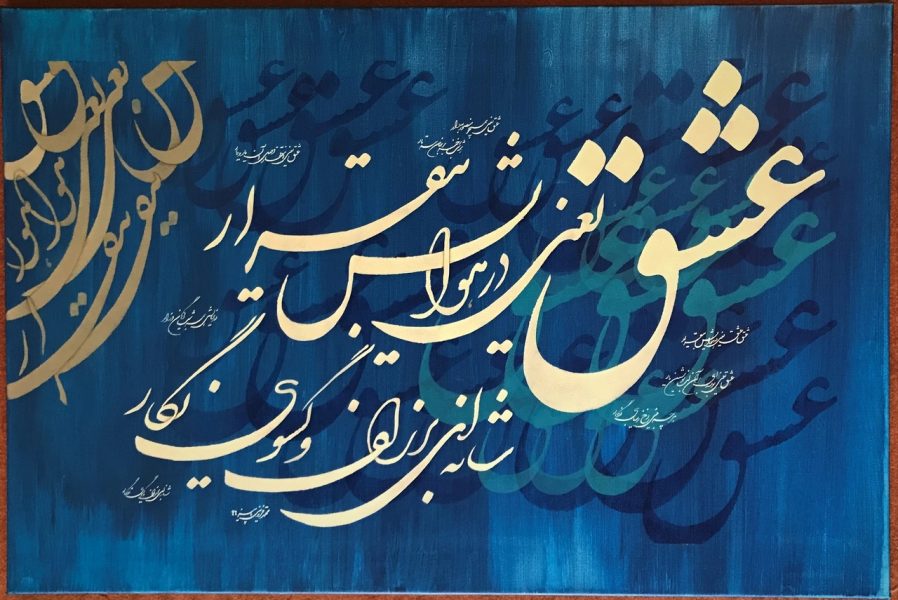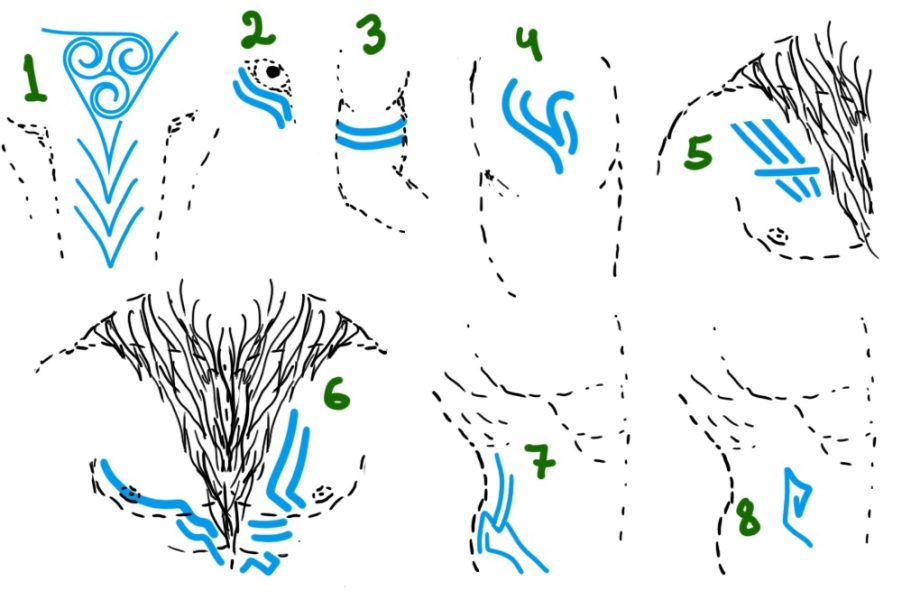A bit of a chaotic post.
It will come as no surprise that dwarven societies around the world are quite isolated, closed, and reluctant to let outsiders in. The reasons for this could fill a dozen cultural studies articles, but I will refrain from doing so and instead draw your attention to something else.
It was precisely because of the isolation of the Harassukhum dwarves that a rather curious incident occurred: when humans constructed the first electric light bulb, the dwarves had already been using them for a long time. And when humans invented patent legislation, then... Well, you get the idea.
One of the most famous early Dwarven "patents" was for a thing that could roughly be described as an "automatic crossbow-bolt launcher," and it worked on roughly the same principle as the guy in the attached video. The patent was issued in the name of Indesh Karb, and all this time it was believed that he invented the thing.
Now pay attention.
They found documents that look like a scientific work describing the structure of this very crossbow. It was apparently never published, but that is understandable: it was written by a certain dwarf named Arbanesh Ondekr, under the supervision of... Indesh Karb.
I don't want to make unfounded statements, but it looks like the research director simply took the work of his student, rewrote it, published it in his own name and got (most likely) a lot of money for it. Apparently, the Dwarves got to patents and electricity before everyone else.








